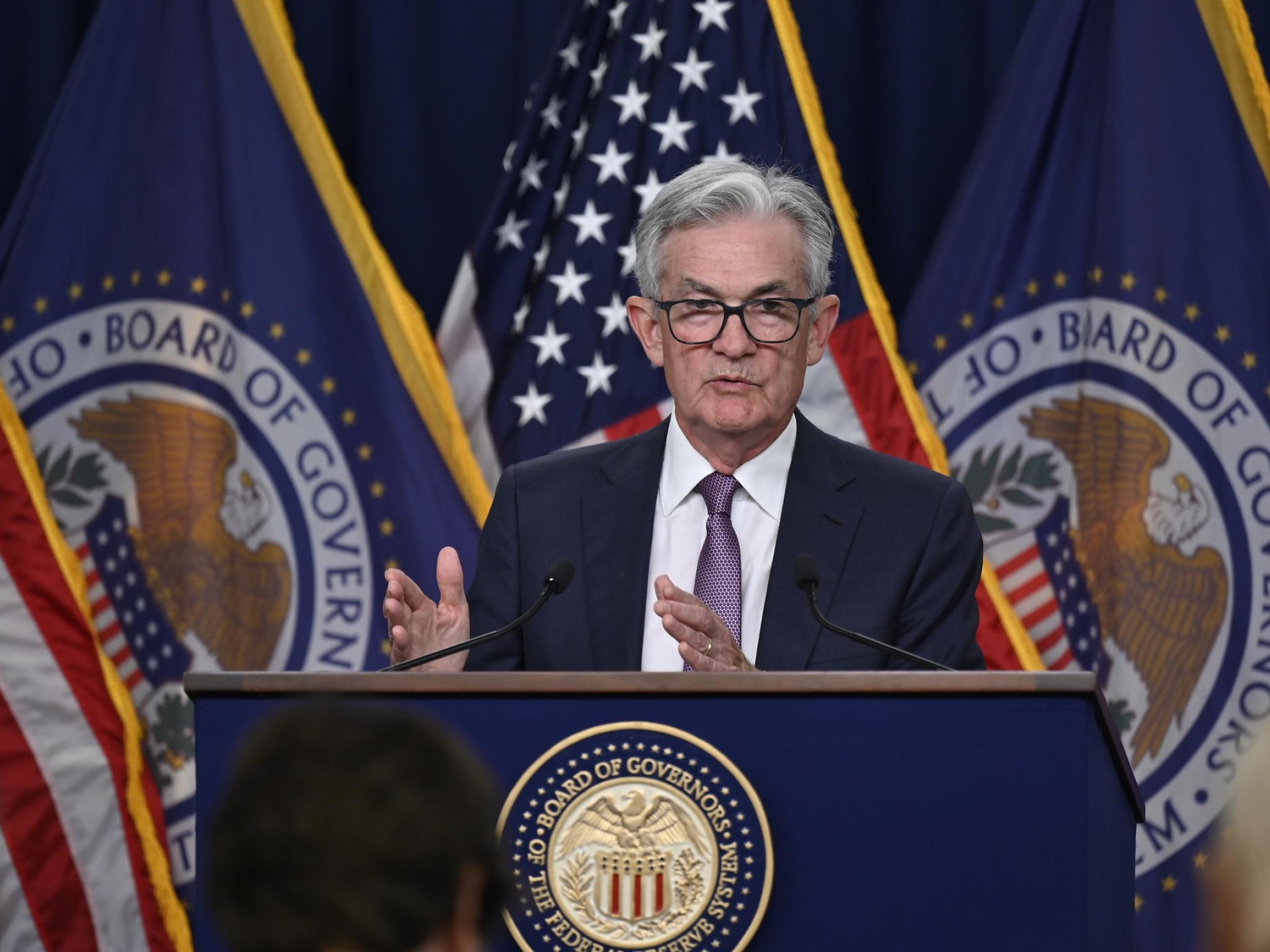
The SPDR S&P 500 (NYSE:SPY) is volatile Wednesday afternoon after the Federal Reserve raised its benchmark rate by 0.75% for the fourth straight time and indicated that it's paying attention to the cumulative tightening of monetary policy and the lag with which it affects inflation.
All 12 Fed members voted unanimously in favor of the 0.75% hike.
Why It Matters: In a press conference following the decision on rates, Fed Chair Jerome Powell reaffirmed the central bank's commitment to bringing inflation back down to its 2% goal and acknowledged the impacts of the Fed's policy to date.
"Financial conditions have tightened significantly in response to our policy actions and we are seeing the effects on demand in the most interest rate sensitive sectors of the economy, such as housing. It will take time, however, for the full effects of monetary restraint to be realized, especially on inflation."
The comments surrounding the cumulative tightening of monetary policy and the lag with which it affects inflation in the Fed statement seemed to swing stocks higher on Wednesday, but the market reversed when Powell highlighted new data since the Fed's last meeting.
"At some point, as I've said in the last two press conferences, it will become appropriate to slow the pace of increases as we approach the level of interest rates that will be sufficiently restrictive to bring inflation down to our 2% goal. There is significant uncertainty around that level of interest rates, even so, we still have some ways to go and incoming data since our last meeting suggests that the ultimate level of interest rates will be higher than previously expected," Powell said.
"The historical record cautions strongly against prematurely loosening policy. We will stay the course until the job is done."
Reactions From The Street: Toggle AI CEO Jan Szilagyi said the market was looking for a more "explicit acknowledgement" that the Fed might be near the end of its tightening cycle.
"This didn’t quite happen although the Fed included a key sentence that will keep this hope alive: it was careful to point out that they remain very dependent on incoming data," Szilagyi said, highlighting the comments on the cumulative tightening of monetary policy and the lag with which it affects inflation.
The Toggle AI CEO noted that the time between the last increase and first cut is usually not more than nine to 12 months.
"It's reasonable to expect the first cut to happen late in 2023 or at the latest by Q1 2024," Szilagyi said.
See Also: Larry Summers Says Fed Should Stay On Its Course: Pausing Tightening 'Badly Misguided Advice'
Sit Investment Associates' Bryce Doty highlighted much of the same language.
"Two words, 'cumulative' and 'lags' spark rally in stocks and bonds," Doty said.
The Fed gave investors some hope when it acknowledged that it will consider the cumulative impact of increases as well as the time delay between when rates are increased and when the economy begins to feel the effects, he said.
SPY Price Action: The SPY was down 1.09% at $380.32 Wednesday afternoon, according to Benzinga Pro.
Watch The FOMC Press Conference Here
Photo: courtesy of the Federal Reserve.







